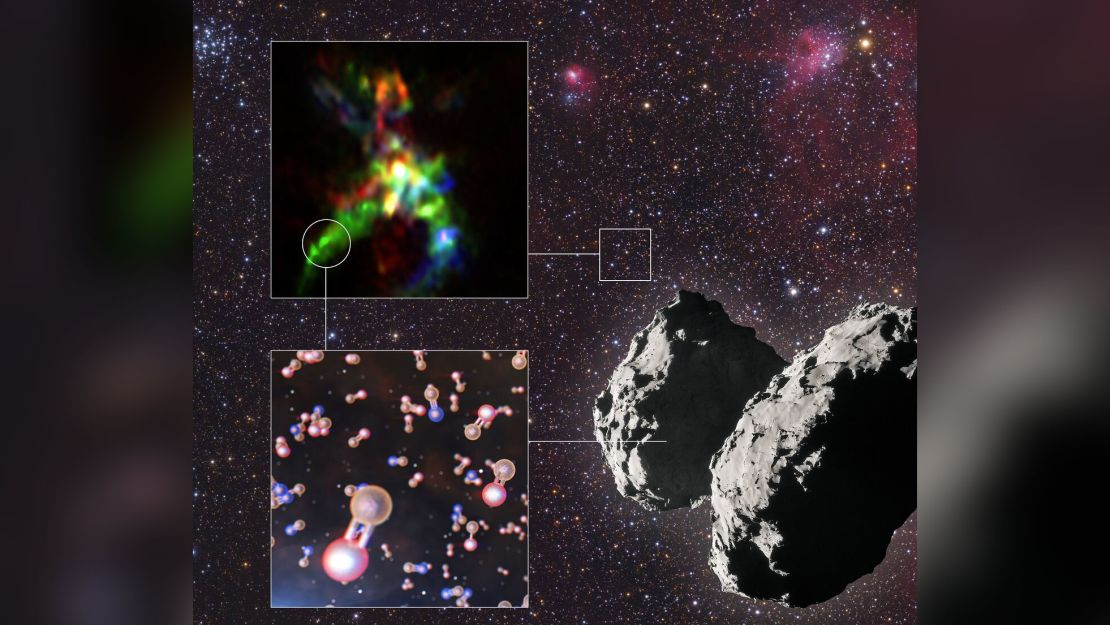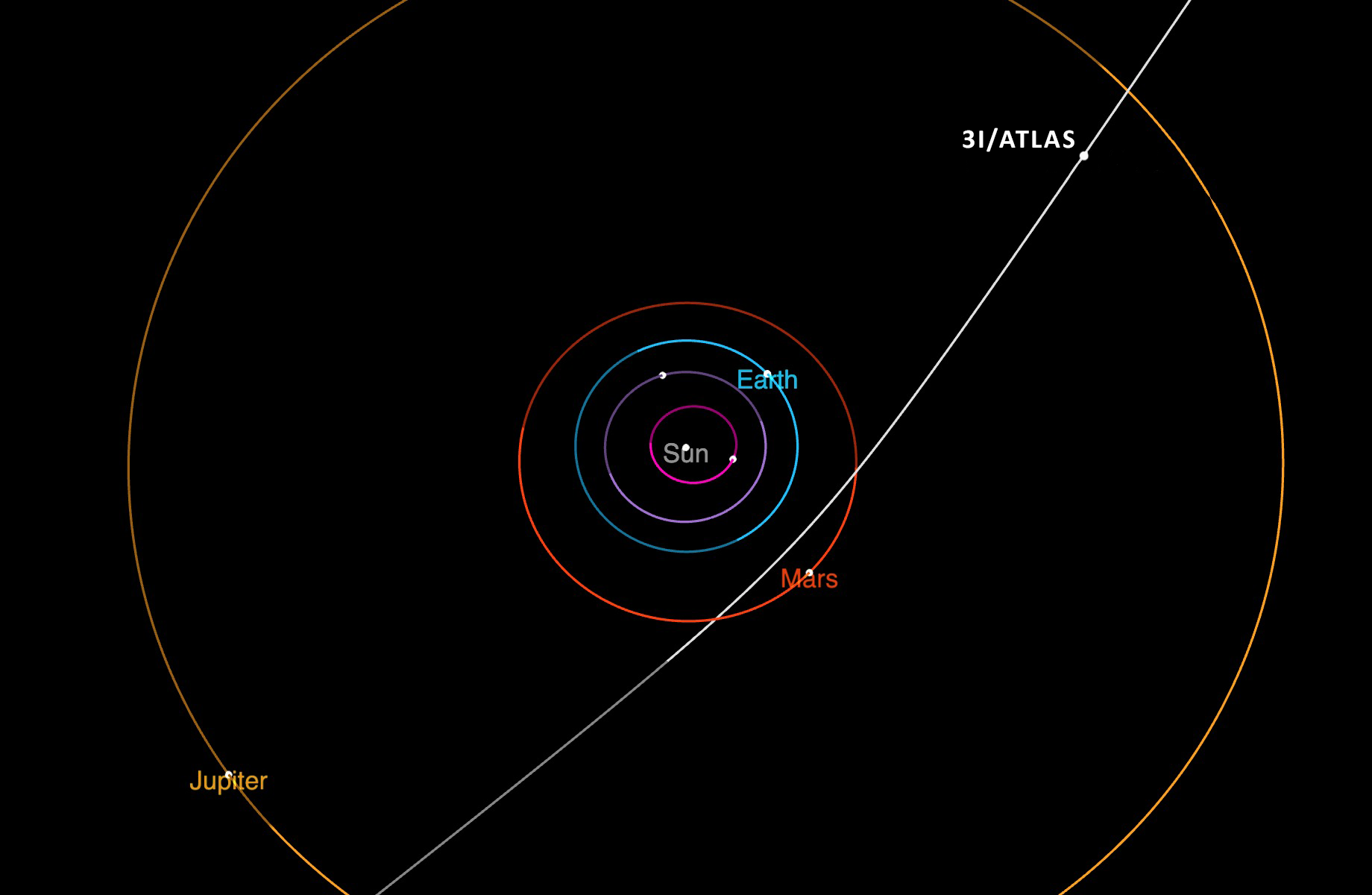
NASA Unveils Completed Mars Habitat Prototype in Texas, Marks Major Milestone Toward Human Deep Space Exploration
In a groundbreaking step toward human settlement on the Red Planet, NASA has announced the completion of its first full scale Mars habitat prototype, built to simulate life on Mars and prepare astronauts for long duration missions. The habitat, known as CHAPEA (Crew Health and Performance Exploration Analog), has been constructed inside NASA’s Johnson Space Center in Houston, Texas, and will serve as the centerpiece for upcoming year long Mars simulation missions.
Designed to replicate the environmental, operational, and psychological conditions astronauts will face on the Martian surface, the CHAPEA habitat represents a critical milestone in NASA’s Moon to Mars strategy. The project is part of the space agency’s broader plan to support human missions to Mars sometime in the late 2030s.
Inside the Mars Analog Habitat
The habitat, officially named Mars Dune Alpha, is a 3D printed structure built in partnership with space architecture firm BIG Bjarke Ingels Group and construction tech company ICON. Spanning roughly 1,700 square feet, the structure includes
Private crew quarters for four astronauts
A shared kitchen and living area
Dedicated workspace for scientific research and mission operations
A fitness zone to combat muscle loss in low gravity conditions
A Mars style regolith yard simulating the dusty Martian surface for extravehicular activity (EVA) training
Constructed using advanced additive manufacturing techniques and regolith based composites, the habitat simulates how future Martian structures could be autonomously built on site using local materials reducing the need for Earth based supply chains.
“This prototype is more than a model it’s a fully functional simulation of how humans might live, work, and survive on Mars,” said Dr. Grace Douglas, CHAPEA lead scientist at NASA. “We’re testing not just the technology, but the human systems how people adapt physically and emotionally to a mission this long, this isolated, and this extreme.”
Preparing for CHAPEA Missions
The completion of the habitat signals the start of the next phase simulated Mars missions. The first CHAPEA crew, composed of NASA volunteers and former military and scientific personnel, began a 378 day analog mission inside the structure earlier this year. Over the next 12 months, the team will face challenges mimicking real life Martian conditions, including
Restricted communications with Earth (20+ minute delay)
Limited resources and food rations
Stress inducing isolation and confinement
Mars like EVA tasks and habitat maintenance routines
The aim is to study how long term habitation affects physical health, team dynamics, mental well being, and performance under pressure. Results from this analog mission will shape protocols for future real missions to Mars.
NASA plans to conduct three CHAPEA missions in total by 2027, each refining operational strategies and evaluating new technologies for habitat efficiency, waste recycling, water recovery, and radiation shielding.
Bridging Earth and Mars
The Mars Dune Alpha habitat also serves as a testbed for autonomous systems, smart environmental controls, and sustainable infrastructure all key to building self sufficient settlements on Mars. It integrates renewable energy storage, CO₂ scrubbing systems, water recovery, and habitat climate control that could also have terrestrial applications in disaster zones or remote research outposts.
Beyond NASA, the prototype is drawing interest from commercial space firms like SpaceX, Blue Origin, and Axiom Space, who are all investing in Mars related technologies. The architecture and layout may also inform future lunar habitats under NASA’s Artemis program.
Looking Ahead The Road to the Red Planet
The successful completion of the CHAPEA habitat affirms NASA’s commitment to a long term human presence beyond Earth orbit. While robotic explorers like Perseverance continue to gather data from the Martian surface, the CHAPEA program helps fill the critical human factors knowledge gap what it truly means to live on another planet for months or years.
“As we prepare to send humans farther than ever before, understanding how they’ll live on Mars is just as important as how they’ll get there,” said NASA Administrator Bill Nelson. “This habitat brings us one step closer to making Mars not just a dream but a destination.”
With each completed simulation and technological advance, humanity edges nearer to becoming an interplanetary species and this new habitat may well be the blueprint for our first real home on another world.
Related Post
Popular News
Subscribe To Our Newsletter
No spam, notifications only about new products, updates.












